Dallas
214-456-6862
Fax: 214-456-7115
Plano
469-497-2504
Fax: 469-497-2510
Park Cities
469-488-7000
Fax: 469-488-7001
Prosper
469-303-5000
Fax: 214-867-9511
Request an Appointment with codes: Ear, Nose and Throat (ENT)
214-456-6862
Fax: 214-456-7115
469-497-2504
Fax: 469-497-2510
469-488-7000
Fax: 469-488-7001
469-303-5000
Fax: 214-867-9511
Request an Appointment with codes: Ear, Nose and Throat (ENT)
If your child has an imbalance of the position, size, shape, or orientation of the bones that comprise the upper and lower jaws, you will be glad to know that Children’s Health provides the region’s most comprehensive care for these conditions.
We are home to an interdisciplinary team of the most qualified doctors and medical professionals in dentistry, orthodontics, pediatric plastic surgery, dentofacial surgery and genetics. Plus, our orthodontists are specially trained to provide the exact treatments required by children with dentofacial conditions, including:
Your child’s orthodontist will create a plan that meets your child’s specific treatment needs. If your child is experiencing pain or having trouble speaking, chewing or breathing because of his or her craniofacial condition, we can help.
Problems with the upper or lower jaw can be congenital (present at birth) or acquired as a result of disease or injury.
Symptoms of craniofacial anomalies may include the inability to chew properly, impaired breathing (which may lead to sleep dysfunction), speech impediments and psychosocial challenges resulting from facial imbalance. Orthodontic treatment is part of coordinated approach to care.
Your child may have a craniofacial condition that can be easily diagnosed through a physical examination including a dental exam. But some problems are more difficult to identify. Your child will be examined by a team of specialists, including an orthodontist, and may undergo tests such as X-rays, CT scans, and behavioral, speech, language and hearing evaluations.
After the initial evaluation, your child’s doctors may also order other diagnostic tests like sleep studies and dental models. The team will then review all test results, make a diagnosis and develop a comprehensive treatment plan for your child.
Correction of a craniofacial anomaly is a complex task that must be scheduled around your child’s age and growth pattern. Some treatments can be done at infancy, while other treatments must wait until your child’s bones have stopped growing. Your orthodontist is an important part of your child’s care team in treatment of a craniofacial condition, and will provide treatment, which can include:
Initial evaluation. This first orthodontic evaluation may be scheduled even before your child has any teeth, in order to assess facial and jaw growth. As teeth begin to erupt, the orthodontist will make plans for your child’s short- and long-term dental needs, including jaw and teeth alignment.
Braces. For children with craniofacial conditions, the orthodontist will provide braces and retainers to align teeth and aid in correct jaw development.
Surgical orthodontics. If jaw reconstruction is necessary, your child’s orthodontist will place an appliance on the teeth to prepare for the surgery and continue orthodontic treatment to settle the occlusion after surgery.
Palate expansion. If your child’s palate (upper jaw) needs to be expanded, the orthodontist will install an expander appliance.
Braces. Prior to corrective jaw surgery, the orthodontist will provide braces to properly align your child’s teeth.
Braces – Orthodontic treatment may be continued after corrective jaw surgery to maintain surgical outcome and occlusion.
Retainer – Your child may be provided with a retainer after orthodontic treatment in order to maintain proper teeth and jaw position.
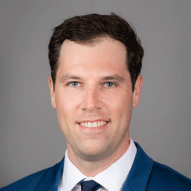
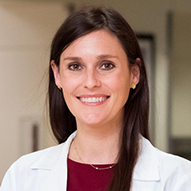
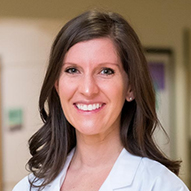
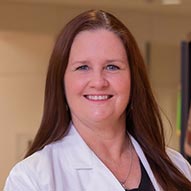
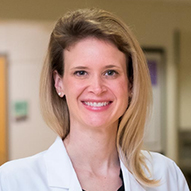
Some problems with the upper and/or lower jaw are caused by trauma or injury; some are inherited; and others are non-genetic congenital deformities in which the cause is unknown.
The team of experts treating your child may include plastic and oral surgeons, dentists, orthodontists, speech pathologists, prosthodontists (dentists who specialize in restoration and replacement of teeth), and even psychiatrists.
Treatment timing depends on the type and severity of the condition. Surgical correction for conditions like cleft lip or palate can be performed in infancy, while certain jaw surgeries cannot be performed until late adolescence.